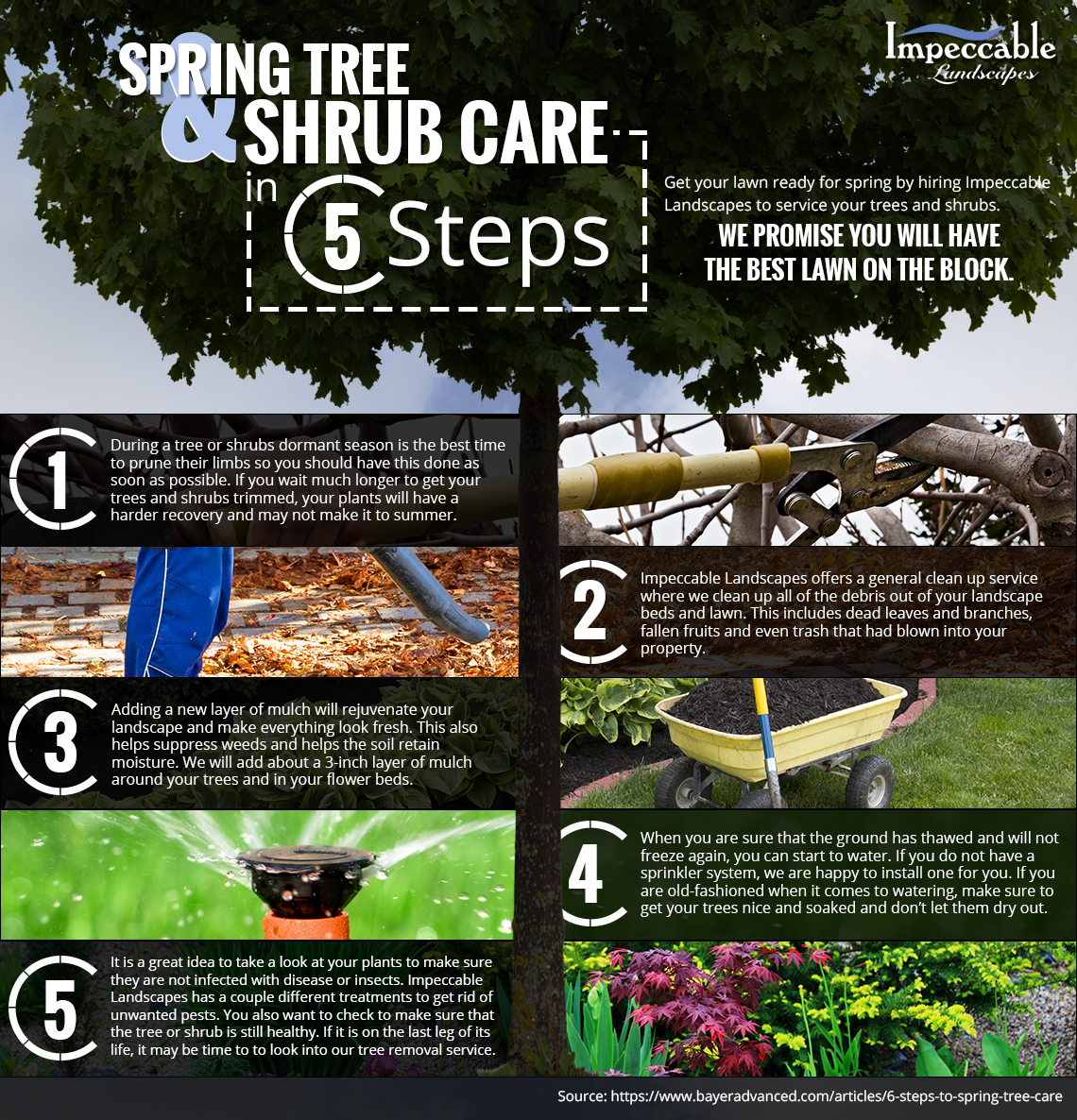Protecting Your Landscape: Replanting After Tree Removal
Protecting Your Landscape: Replanting After Tree Removal
Blog Article
Authored By-Thorup Adams
Tree elimination can leave a void in your landscape that needs filling. You can plant something brand-new because space, yet it takes extra treatment and interest at the beginning to aid it grow.
The soil in that area will maintain changing in time as microorganisms break down the old origins. That can influence the nutrition balance and physical area for brand-new growth.
Dirt
The soil in a story where a tree has actually been eliminated is most likely to be extremely various from the remainder of your yard or backyard. The origins of the old tree and the stump will have altered the dirt, eliminating some nutrients and perhaps crowding out other plants. In addition, if the previous tree was unhealthy, the contagious representative might still be in the ground.
The presence of roots cultivates an abundant and diverse area of dirt microorganisms that boosts necessary procedures like nutrient cycling and organic matter decay. Without these bacteria, the displaced soil can come to be much less abundant and nutrient-depleted, with an unfavorable effect on plant development.
Before replanting, the dirt should be removed of particles and organic product (such as timber chips from stump grinding). You may desire to mix in potting dirt or indigenous dust with this garden compost to give your new planting with an atmosphere that is well balanced and packed with nutrients.
Water
Tree roots absorb big quantities of water from the dirt. This procedure likewise includes nutrients back to the soil, specifically nitrogen, which is crucial for new trees and plants. Unfortunately, old dirt can be depleted of these essential minerals because of the rotting origins and stump from a removed tree.
This is why it is necessary to have a prepare for the future of your landscape. Preferably, the most effective time to plant is when you have a fresh start.
Whether you're growing lawn or flowers, see to it to utilize a soaker tube to prevent overwatering your new landscaping. If the area was a garden, see to it to cover the dirt with organic compost to help maintain wetness in the dirt, manage soil temperature levels and suppress weeds. https://www.countryliving.com/gardening/garden-ideas/g25726652/stone-walkway/ offers a layer of defense for young plants and advertises worm activity. After that, regularly restore the compost to proceed enhancing the soil nutrient density and microbial life. This is known as dirt reconstruction.
Light
Trees are a terrific enhancement to any landscape, giving color, visual pulchritude, and numerous various other benefits. Nonetheless, in some cases trees end up being unsightly due to a variety of factors, including condition, parasite invasions and all-natural aging.
In such cases, it might be required to remove a tree. It is very important to take into consideration the value of a certain tree in your landscape design and take the correct steps to ensure that the elimination is done securely and successfully.
During the late summertime, it's an ideal time to carry out maintenance and examinations on existing trees. Seek indications of condition, insect infestations, or architectural damage, along with any kind of prospective threats such as damaged or leaning trees.
Prior to beginning any kind of building and construction jobs, make sure to protect the origin zones of existing trees by preventing dirt compaction and rating around them. Organic matter, as it breaks down, can generate harmful gases that are detrimental to the origins of a tree. It's additionally a good idea to mulch the area around a tree after construction has finished to conserve moisture and reduce weed growth.
Temperature
Trees are important to a landscape for their visual allure, yet they additionally play an important duty in the local environment by offering color and windbreaks. They sustain wildlife environments and lower the amount of carbon dioxide in the air, which can contribute to worldwide warming. This is why it is advisable to replant trees after removing one from the property.
When replanting a new tree in the place of a previous stump, the soil may not have sufficient nutrients to sustain it. It is best to await a year prior to planting to ensure that the dirt will be rich in nutrients.
To make sure that replanted trees thrive, it is important to offer them with appropriate treatment. A layer of mulch will certainly keep soil moisture from vaporizing, manage soil temperature, and aid reduce weeds. Organic compost is the recommended option due to the fact that it boosts soil fertility. Continuous fertilization and bug control are additionally important for replanted trees.